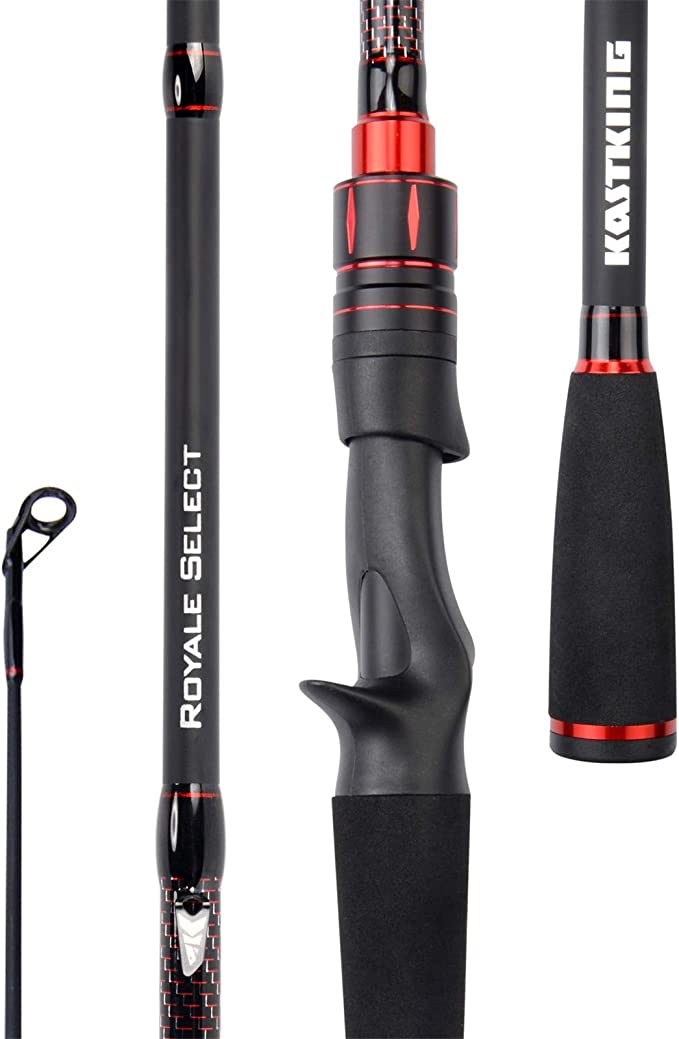The Aerodynamics of the Flame: Engineering the Cofiyard Camping Stove
Update on Nov. 18, 2025, 9:45 p.m.
In the physics of outdoor cooking, the enemy is not just hunger; it is the wind. A standard camping stove is essentially a Bunsen burner fighting a chaotic atmosphere. While traditional designs rely on bulky external windscreens to block the wind, modern engineering has moved towards a more elegant solution: Aerodynamic Shielding.
The Cofiyard G3E001 represents this shift. Instead of building walls around the fire, it sinks the fire into the chassis. To understand why this 4.2-pound hexagonal unit can outperform heavier, shielded stoves, we must delve into fluid dynamics, structural mechanics, and the piezoelectric effect.

The Fluid Dynamics of Recessed Burners
Wind kills stove efficiency by stripping away the heat layer (convective boundary layer) between the flame and the pot. Traditional windscreens block the wind but can create turbulent eddies that disrupt the flame’s oxygen mix.
The Cofiyard utilizes a Recessed Burner design.
* Boundary Layer Protection: By lowering the burner head below the deck height of the stove, the chassis itself acts as a cowling. The wind passes over the stove surface, creating a boundary layer separation. The flame sits in a “stagnation zone” of relatively calm air beneath this fast-moving stream.
* Thermal Efficiency: This design does more than keep the flame lit; it directs the thermal plume straight up into the cookware, minimizing lateral heat loss. This explains how two 8,500 BTU burners (17,000 Total) can achieve boil times competitive with higher-output stoves that lose heat to the wind.
Structural Mechanics: The Hexagon Advantage
Why a hexagon? In structural engineering, the hexagon is known for its high Packing Efficiency and Torsional Rigidity. * Space Optimization: A rectangular stove often has dead space in the corners. The hexagonal shape of the G3E001 follows the circular geometry of the pots and pans it supports, minimizing the footprint (9.5” x 9”) while maximizing the usable cooking area. * Stability: The hexagonal folding mechanism provides a wider base relative to its packed size. When deployed, the triangulated support legs transfer the load of heavy cast iron pans directly to the ground, resisting the tipping moments that plague narrow rectangular stoves.

The Spark: Piezoelectric Physics
Matches are wet; lighters run out of fuel. The G3E001 integrates Piezoelectric Ignition.
This system relies on the Piezoelectric Effect found in crystalline structures (like quartz or PZT ceramics). When a spring-loaded hammer strikes the crystal (the “click” you hear), the mechanical stress deforms the crystal lattice. This deformation creates a high-voltage electric potential difference across the crystal faces, discharging a spark (arc) across the burner gap.
* Reliability: Because it requires no battery or fuel, it is thermodynamically robust. However, at high altitudes (low air density), the dielectric strength of air decreases, making the spark gap distance critical engineering.
Flow Control: The Simmer Problem
A common complaint with high-BTU stoves is the “binary” control—it’s either a blowtorch or off. This is a function of the Needle Valve Geometry.
To achieve a true simmer, the valve needle must have a long, shallow taper. This allows for minute adjustments in gas flow rate ($Q$) versus knob rotation angle ($\theta$). While user reviews suggest the Cofiyard’s valve is sensitive (a common trait in compact regulators), the independent control of dual burners allows for managing differential heat loads—boiling water on one (High Q) while simmering sauce on the other (Low Q).

Conclusion: Engineering for the Elements
The Cofiyard G3E001 is not just a stove; it is a lesson in applied physics. By using aerodynamics (recessed burners) instead of brute force (windscreens), and structural geometry (hexagons) instead of mass, it achieves a high power-to-weight ratio. It demonstrates that in the backcountry, the best features are often the ones you can’t see—the airflow patterns and the crystal lattices doing the work.




















